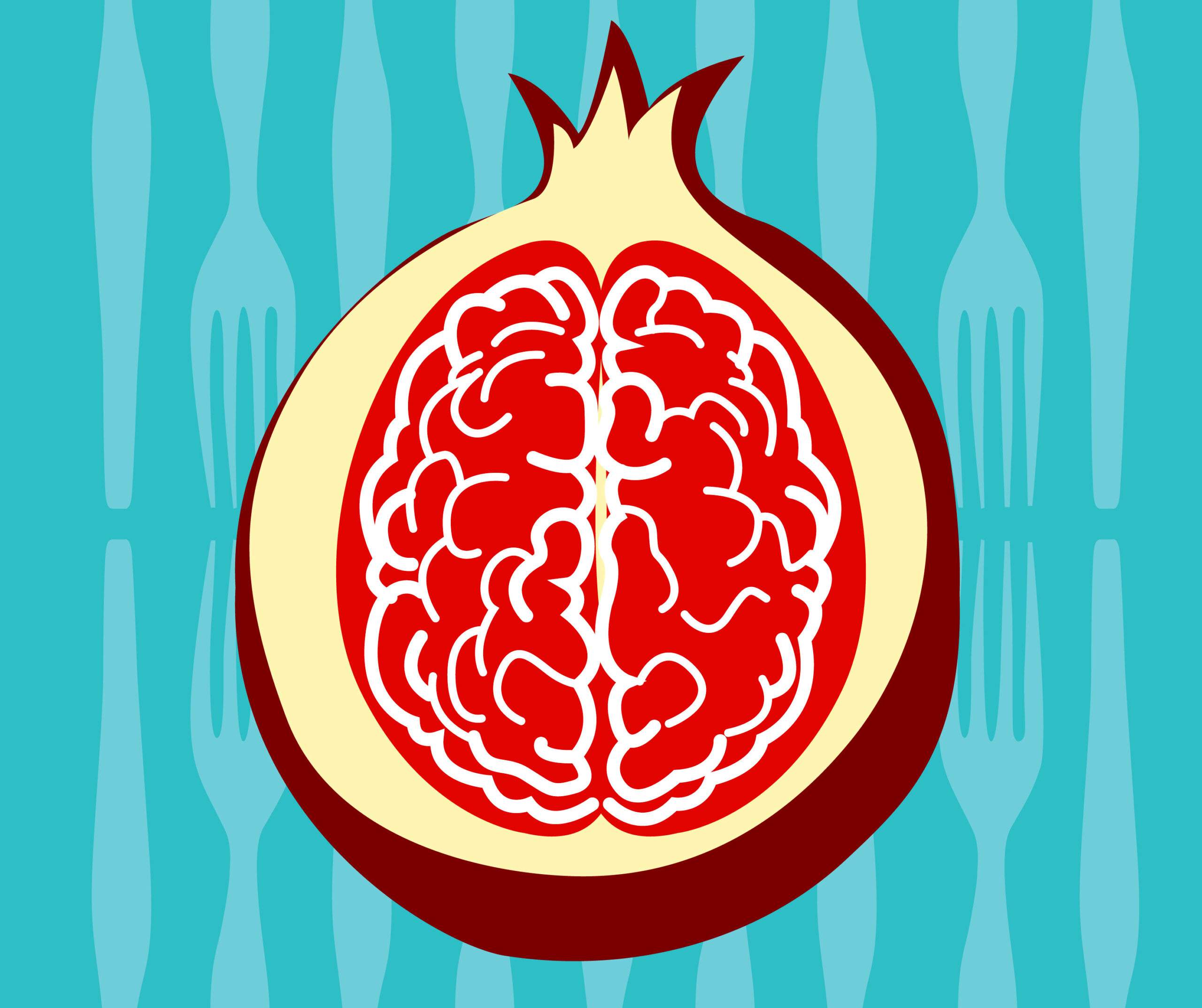Two weeks ago, I wrote an introductory article about the gut-brain connection. The main idea conveyed was that having a gut-instinct is more than a figure of speech—our gut and brain really are in a constant dialogue, and that impacts our overall wellness. Now I want to offer this “how-to” article, so that we can begin to take theory and apply it to our lives.
Just to reiterate:
The body is composed of more bacteria than it is cells. Collectively, the trillions of bacteria are called the microbiome. Most of the microbiome reside in our gut, and is sometimes referred to as the gut microbiota. We all have our own unique microbiome. A healthy gut can be different iterations of bacteria for different people, because it is this diversity that maintains wellness.
The microbiome is capable of playing a vital role in physical and psychological health via its own neural network, the enteric nervous system (ENS), sometimes referred to as the second brain.
A shift away from “normal” gut microbiota diversity is called dysbiosis, and dysbiosis may contribute to disease. In fact, alterations in the diversity and stability of the gut microbiome has been linked to many diseases, including autoimmune, gastrointestinal, and even brain disorders.
The microbiome is capable of playing a vital role in physical and psychological health via its own neural network, the enteric nervous system (ENS), sometimes referred to as the second brain.
Given the far-reaching health implications that the ENS is now understood to mediate, treatment for many neurological, neuropsychiatric, autoimmune, and gastrointestinal difficulties have taken a new turn. Perhaps one of the best ways to boost our brain is by maintaining impeccable gut health. So to, for functional GI disorders, it might be impossible to heal a distressed gut without considering the impact of stress and emotion.
This all begs the question: What are some lifestyle choices we can make to foster optimal mind-body-brain wellness? I have many suggestions, but in this post, I want to focus on one specific technique that will efficiently elicit holistic benefits: mindful eating.
Mindful eating, in my opinion, speaks to being mindful of both what, and how, we eat. Paying attention to what we put into our mouths protects us from choosing the types of foods that are particularly toxic to both our gut and brain. For different people, different foods are more or less inclined to cause dysbiosis. Generally speaking, however, the more processed the food, the more noxious.
Mindless eating can wreak havoc on our digestive abilities by eliciting stress hormones, and therefore can add pounds, take away pleasure, and maintain functional gastrointestinal difficulties. In contrast, eating mindfully reduces our stress hormones, and gives our body the time and space it needs to thoroughly digest food, without the inflammation.
Aside from reducing stress hormones, mindful eating enables us to slowly and sensually savor the action of eating, creating an experience to delight in. It also allows us to engage with our inner sense of satiety, which helps curb the over-eating that leaves us feeling uncomfortable.
Mindful Eating for the Brain and Gut
Keeping all of this in mind, here are five ways to begin a mindful eating practice.
1. Ask
When it comes to mindful eating, we don’t have to have a set formal practice. We can initially begin by asking ourselves some key questions:
• Why am I eating now: am I hungry, or craving something else?
• What am I eating now: will this choice serve my wellness in some way or will my body and mind regret this choice? You can think of this question as a cost-benefit analysis. It is OK to treat yourself to something that isn’t necessarily the healthiest choice, if it is in moderation. Yet, ask yourself if it is worth it, or will it wreak havoc to the point at which it is no longer even a treat?
• What else am I doing now: am I about to eat something while I also read an article, or watch TV, or have a conversation? Give yourself permission to JUST eat.
2. Be grateful
Before you lean in to whatever it is you are going to ingest, take a moment to reflect on how grateful you are for being able to engage in this meal. This can be a formal prayer, or as informal as saying thank you in your mind or out loud to the sun, the earth, the farmers, and even the universe for having a hand in delivering this food to your mouth.
3. Chew, and then chew again
Since our actual digestion begins with chewing, taking the time to chew, and then chew again, helps the enzymes in our saliva do its job so that we can effectively absorb nutrients and get the most out of the food we are eating.
4. Dine
There is eating and then there is dining. Many of us don’t have the time to sit down to a formal meal, especially during a busy work day. Yet, dining can be as simple as allowing yourself to experience every sensation of your meal as it unfolds with each moment. Dine by indulging in the different aromas, textures, and tastes of everything you eat, instead of going from bite to bite—or, more often, swallow to swallow.
5. Engage your attention
Whether you are practicing a formal sitting meditation using the breath as your guide, or eating mindfully, a core component to mindfulness practice is engaging your attention, tuning-in, and regulating if necessary. Our minds inevitably wander—that is just a fact of being human. When you are eating and begin to notice the mental chatter and commentary, without judgment, see if you can redirect your attention back to the experience of dining; of experiencing all sensations.






